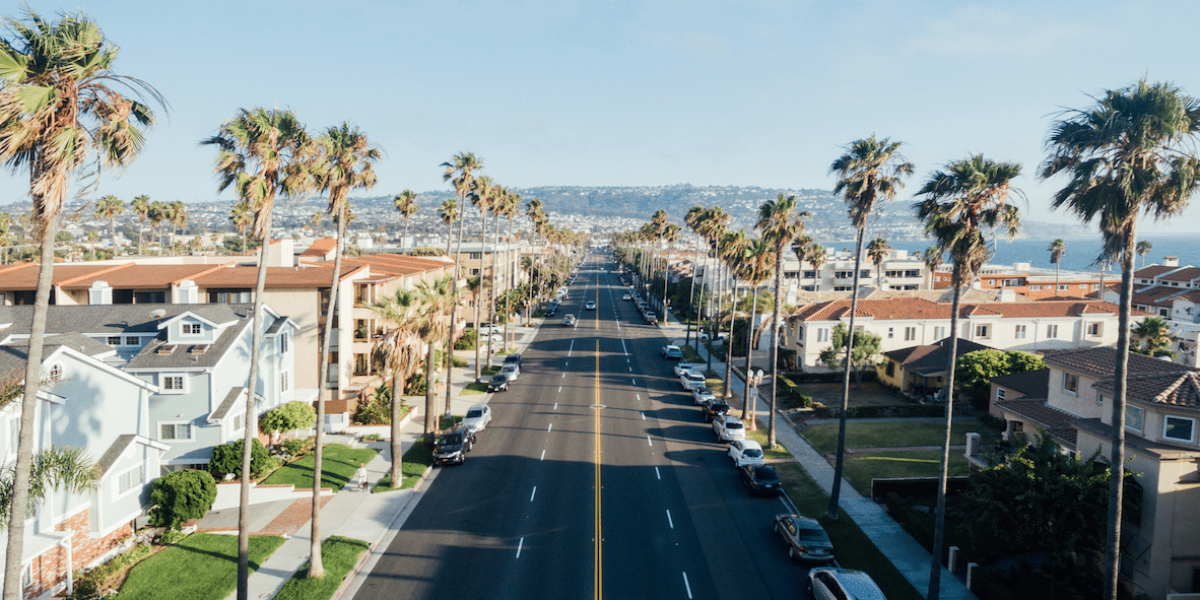Why Are Wildfires A Growing Concern In California?
Wildfires in California have become an increasingly frequent and destructive challenge, raising concerns for residents, businesses, and policymakers alike. Several contributing factors have been identified by researchers, including extended droughts, warmer temperatures, and expanding development in areas prone to fires. These conditions create an environment where fires can ignite and spread more easily, heightening risks for communities across the state.
In addition to the immediate dangers to life and property, wildfires often leave lasting economic impacts. Housing markets in areas affected by fires experience significant disruptions, with concerns about long-term viability becoming central for homeowners and potential buyers. Recognizing the underlying causes and implications of these fires is essential for anyone navigating California’s housing market.
How Do Wildfires Affect Housing Costs And Insurance?
The financial repercussions of wildfires often extend well beyond the immediate damage they cause. In regions that experience repeated fire activity, housing markets can shift significantly, as property values may fluctuate based on perceived risk levels. Many potential buyers approach properties in high-risk zones with caution, impacting both demand and pricing.
Insurance also plays a key role in this equation. Homeowners in wildfire-prone areas often face increased premiums or struggle to find adequate coverage. In extreme cases, insurers may withdraw entirely from areas they deem too risky. This creates challenges for homeowners who must balance the need for coverage with rising costs. Renters, too, are not immune; displacement following a wildfire often drives demand for rental properties, increasing costs in unaffected regions.
Housing within areas classified as part of the Wildland Urban Interface—where residential development meets natural landscapes—faces particular scrutiny. These zones are more vulnerable to wildfire damage, and homes in such locations frequently encounter heightened insurance costs or limitations in available policies.
What Steps Can Homeowners Take To Mitigate Risks?
While no one can eliminate the risk of wildfires entirely, homeowners have several options to minimize their exposure. Creating a defensible space—an area around the home that is free from flammable materials—can significantly reduce the likelihood of fire damage. Using fire-resistant building materials and regularly maintaining landscaping are also effective measures.
Insurance policies should be carefully reviewed to ensure they provide sufficient coverage for rebuilding costs and other potential expenses. For those in high-risk areas, state-backed programs may offer options if private insurers are unavailable. Staying proactive about coverage options can help homeowners avoid financial hardship in the event of a wildfire.
Being prepared is just as important as physical safeguards. Communities often offer resources such as fire prevention programs and evacuation plans. Homeowners who are familiar with these efforts and participate in them are better equipped to handle emergencies, both financially and logistically.
Are There Housing Opportunities Despite The Risks?
The risks associated with wildfires have prompted changes in how housing is developed and marketed in California. Some developers are prioritizing fire-resistant designs in new construction, incorporating advanced building materials and planning methods that aim to reduce exposure to fire hazards.
For buyers, understanding local zoning laws and reviewing fire risk assessments can help identify safer investments. Although high-risk areas may carry significant challenges, communities with robust fire prevention initiatives or safer geographic conditions can offer more stable opportunities.
Renters may also face challenges, as wildfire displacement frequently leads to increased demand in unaffected areas. Those considering renting in fire-prone regions should be aware of potential disruptions and plan for alternative housing options if necessary.
How Does Preparedness Influence Financial Stability?
Financial preparedness is a crucial aspect of navigating wildfire risks. Fires can lead to unexpected costs, ranging from temporary housing during evacuations to significant rebuilding expenses. Homeowners and renters who take proactive steps often experience less financial strain during and after such events.
An emergency fund is an essential resource for families in wildfire-prone areas. Having funds readily available can alleviate stress during periods of displacement or recovery. Homeowners who maintain thorough documentation of their assets and keep records of their home’s condition may also find the insurance claims process smoother and more efficient.
At the community level, wildfire preparedness programs and shared resources can play a critical role in improving resilience. Collaborative efforts can reduce overall risks, benefiting not just individual homeowners but entire neighborhoods.
What Is The Long-Term Outlook For California’s Housing Market?
California’s housing market faces unique challenges tied to wildfire risks. Climate conditions and evolving housing demands continue to shape the market’s future. Homebuyers and sellers are increasingly aware of the need to consider long-term viability when investing in properties, particularly in areas with higher exposure to fire hazards.
Insurance trends are another important factor. As private insurers adapt to rising risks, it is likely that both coverage options and pricing will continue to evolve. Staying informed about these changes is crucial for anyone with a financial stake in California real estate.
Innovations in construction and urban planning may offer some relief. Fire-resistant designs and more thoughtful development strategies are helping reduce risks while maintaining affordability and accessibility. These advancements demonstrate that progress is possible, even in the face of challenging circumstances.
What Can Residents Do To Protect Their Finances And Homes?
Protecting finances and properties in wildfire-prone regions requires a combination of planning, action, and vigilance. Residents can begin by understanding their local risks and taking steps to reduce potential vulnerabilities. Fire-resistant home improvements and regular maintenance are valuable investments that can pay off in both safety and insurance costs.
Equally important is ensuring access to adequate financial resources. An emergency fund, up-to-date insurance coverage, and familiarity with state-backed assistance programs can provide critical support during difficult times. Staying engaged with community efforts and resources also fosters a sense of preparedness and shared responsibility.
California residents face unique challenges due to wildfires, but proactive steps can mitigate many of the associated risks. By staying informed and taking practical measures, homeowners and renters alike can protect their investments and preserve their financial stability in an environment shaped by natural challenges.








